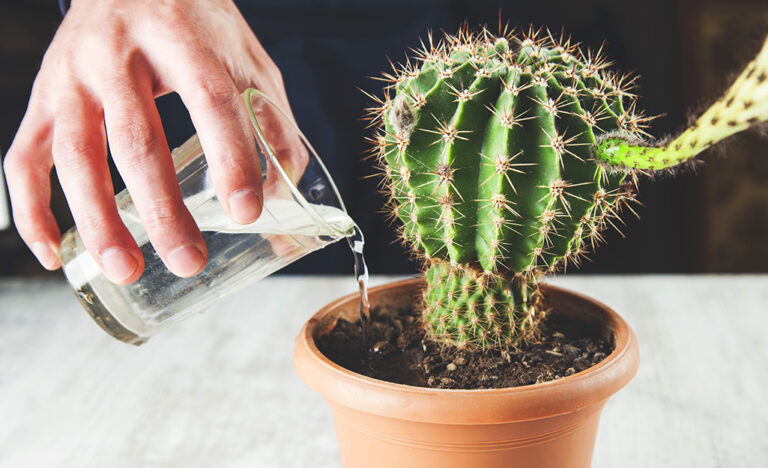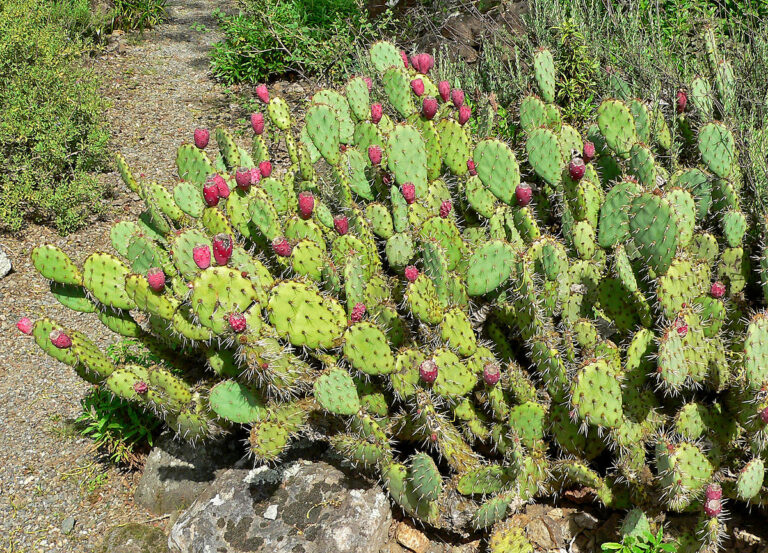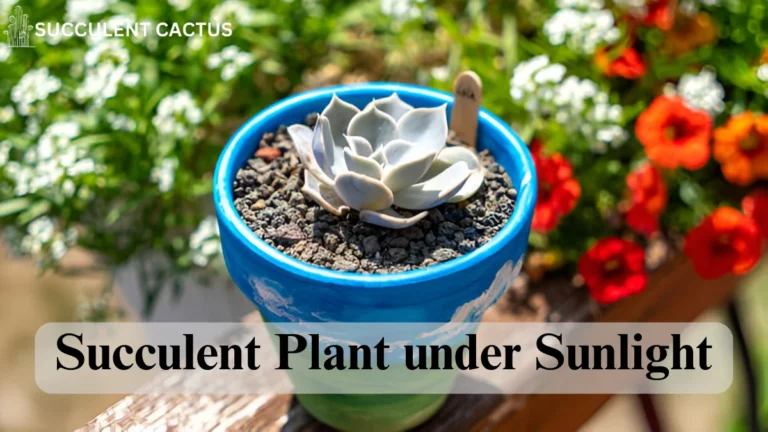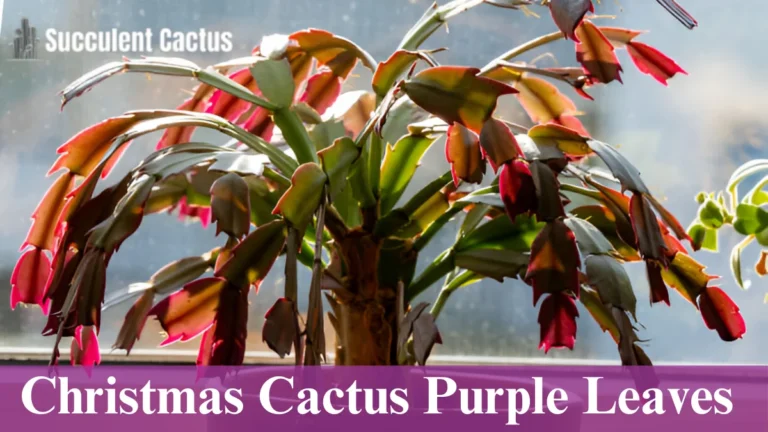Rare Cactus Plants: How to Find and Care for Exotic Cacti
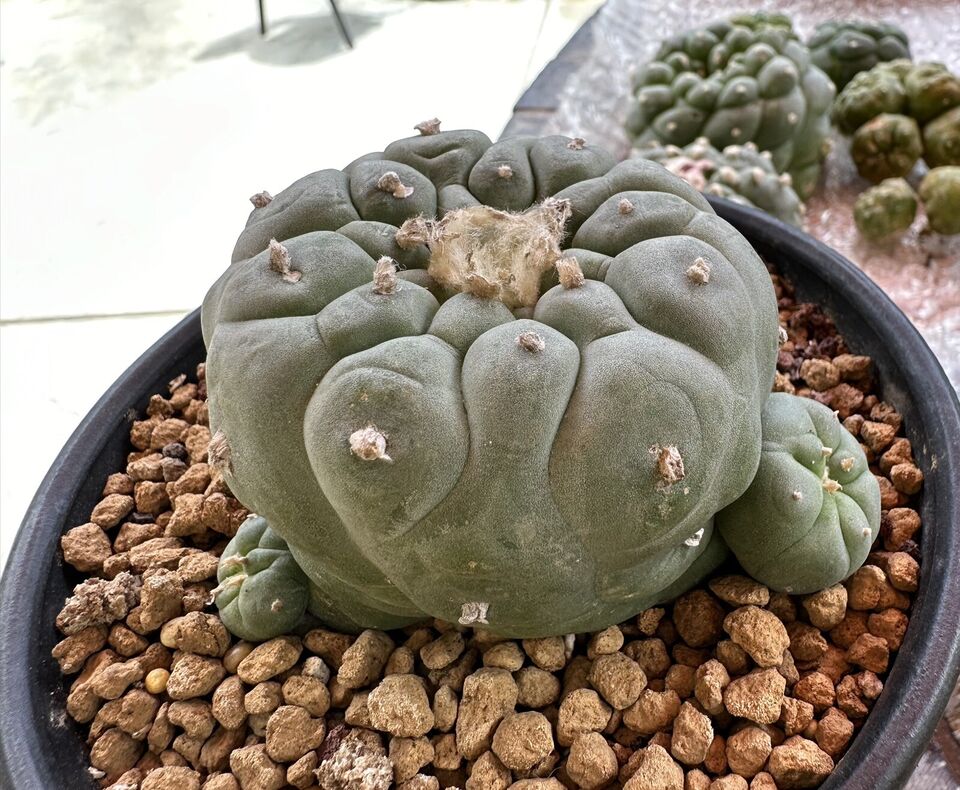
Cacti are an incredibly diverse and fascinating group of plants, and some varieties are more unique and rare than others. Rare cactus plants, with their intricate shapes and beautiful, often unusual appearances, make for intriguing additions to any collection. However, caring for these exotic cacti requires a bit more knowledge and attention, especially when it comes to choosing the right growing medium, or potting soil for cacti, which is essential for their overall health.
In this guide, we will explore how to find rare and exotic cactus plants, and offer expert advice on how to care for them, with a special focus on selecting the best potting soil for cacti. Whether you’re a seasoned cactus enthusiast or just beginning to explore the world of cacti, this article will provide the necessary tips to help you grow rare and exotic cacti successfully.
The Appeal of Rare Cactus Plants
Rare cactus plants are often sought after for their unique appearances, colors, and textures. From the spiky beauty of the Astrophytum asterias (star cactus) to the stunning Pelecyphora aselliformis (orange ball cactus), rare cacti capture the imagination of plant collectors worldwide. These plants, often originating in harsh, arid regions, bring a touch of the desert into homes and gardens with their fascinating forms and resilience.
Some reasons people are drawn to rare cacti include:
- Unique Aesthetic Appeal: Rare cacti often feature striking shapes and colors that are unlike anything else in the plant world.
- Low Maintenance: Despite their exotic appearance, many rare cacti are surprisingly low maintenance, making them suitable for beginner plant enthusiasts.
- Rarity and Collectibility: The scarcity of certain cacti makes them prized possessions for collectors. Finding and growing rare species can be a rewarding challenge.
- Adaptability: Many rare cacti species can be grown both indoors and outdoors, provided they receive the proper care.
Finding Rare Cactus Plants
Finding rare cactus plants can be an exciting adventure. These exotic plants are often sold by specialty nurseries, cactus collectors, and online retailers. However, because many rare cacti are native to remote desert regions, they can be difficult to find and often come at a premium price.
Here are a few places to look for rare cactus plants:
1. Specialty Nurseries
Many nurseries specialize in cacti, and some focus on rare and exotic species. A local nursery may have unique specimens that aren’t easily found in general garden centers. Visiting these nurseries in person allows you to examine the plants and ask experts for advice.
2. Online Retailers
Several online marketplaces and specialist cactus websites offer rare and exotic species for sale. Websites like Cactus Shop Online and Rare Cactus Nursery offer a wide selection of rare cacti, although buying plants online requires careful consideration of shipping conditions to ensure the plant arrives in good health.
3. Cactus Societies and Plant Shows
Joining a cactus society or attending plant shows is a great way to find rare species. Cactus enthusiasts often gather at conventions, where plants are exchanged, bought, and sold. You can learn a lot from experienced growers about sourcing rare plants and maintaining a healthy collection.
4. Cactus Enthusiasts and Collectors
Networking with other cactus collectors can be another way to acquire rare species. Cactus forums, social media groups, and online plant communities provide opportunities for enthusiasts to trade or sell rare cacti, sometimes at more affordable prices.
Understanding the Basics of Cactus Care
While rare cactus plants are hardy and resilient in their native environments, they do require proper care to thrive in your home or garden. Providing the right growing conditions is crucial, starting with the selection of the appropriate potting soil for cacti.
Why Potting Soil for Cacti is Essential
Cacti are adapted to survive in dry, arid environments, where the soil is typically sandy, rocky, and very well-draining. When growing rare cactus plants at home, selecting the right potting soil for cacti is key to replicating these conditions and preventing common issues like root rot. Here’s why choosing the right soil is important:
- Proper Drainage: Cacti thrive in soil that drains quickly. The right potting soil for cacti should be fast-draining to ensure that excess water doesn’t linger around the roots.
- Prevents Root Rot: Cacti are susceptible to root rot if the soil retains too much moisture. Well-draining soil prevents water from accumulating at the base of the plant.
- Mimics Natural Habitat: Cactus plants grow in deserts with well-aerated soil. The best potting soil for cacti will mirror this natural environment, allowing the roots to breathe and grow without restriction.
Choosing the Best Potting Soil for Cacti
When selecting potting soil for cacti, consider the type of cactus you are growing. While many cacti thrive in similar soil conditions, some rare and exotic species may have specific requirements. Here’s a guide to creating or selecting the right mix:
1. Commercial Cactus Mixes
Many garden centers and online stores offer pre-mixed soil blends specifically designed for cacti. These mixes typically contain a blend of sand, perlite, and sometimes pumice, all of which provide the drainage and aeration needed for healthy cactus roots. Some pre-mixed options are formulated for succulents and cacti together, offering slightly more moisture retention than pure cactus mixes.
2. Homemade Cactus Soil Mix
If you prefer to create your own potting soil for cacti, use the following recipe for a well-draining mix:
- 2 parts coarse sand
- 2 parts perlite or pumice
- 1 part peat moss or coconut coir This mix provides excellent drainage and ensures that your rare cactus has access to both air and water, simulating its native desert environment.
3. Specialized Mixes for Exotic Cacti
For some rare cactus species, you may need a more specialized mix. Certain cacti prefer soil with slightly higher organic matter or more acidity. For example, Astrophytum species prefer slightly more acidic conditions, so a mix with some sphagnum moss or orchid bark can work well.
Key Care Tips for Growing Rare Cactus Plants
Now that you’ve selected the right potting soil for cacti, let’s explore how to care for your rare cactus plants:
1. Sunlight and Temperature
Cacti thrive in bright sunlight, and rare cactus plants are no exception. Ensure that your cactus receives several hours of direct sunlight each day. However, be mindful that some cacti may need to be acclimated to full sun exposure if they were previously grown in low light. For most cacti, temperatures between 70°F (21°C) and 100°F (37°C) work best, with cooler nights.
2. Watering
One of the most important aspects of cactus care is watering. Overwatering is a common cause of death for cacti. Water your cactus only when the soil is completely dry, and be sure to use a pot with drainage holes. In the winter, many cacti go into dormancy and need much less water.
3. Fertilizing
Rare cacti generally don’t need frequent fertilizing. During the growing season (spring and summer), you can feed your cactus a diluted, balanced fertilizer once a month. Avoid fertilizing during the winter months when your cactus is resting.
4. Repotting
As your rare cactus grows, it will eventually need to be repotted into a larger container. When repotting, use fresh potting soil for cacti to ensure the plant has the best chance of thriving in its new pot. Repot your cactus every 2-3 years or when it outgrows its current pot.
Troubleshooting: Common Issues with Rare Cactus Plants
Even with the right potting soil for cacti and proper care, you may encounter a few issues with your rare cactus plants. Here are some common problems and solutions:
- Yellowing or Softening of the Plant: This could be a sign of overwatering or poor drainage. Ensure the soil is fast-draining and reduce watering frequency.
- Wilted or Dried Cactus: If the cactus is wilting or drying out, it might not be getting enough water. Check that the soil is dry before watering again.
- Pests: Rare cacti can sometimes attract pests like mealybugs or scale. Regularly inspect your cactus and treat any infestations promptly.
Conclusion
Growing rare cactus plants can be a rewarding challenge. These fascinating and unique plants make beautiful additions to any collection, and with the right care, including selecting the proper potting soil for cacti, you can help them thrive. Whether you’re growing a rare species indoors or outdoors, this guide has provided you with the essential knowledge to ensure your cactus remains healthy and beautiful for years to come.

